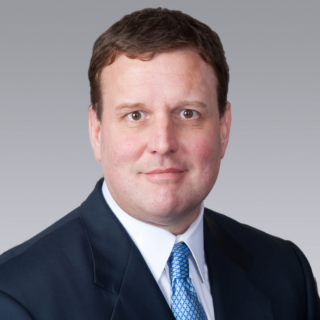Remember when, if your doctor suggested that you make an appointment with a specialist to further test you for high blood pressure and possible related issues, he expected you to find your own cardiologist? Have you noticed lately that when your primary care physician wants you to have more specialized testing done, he refers you directly to a specific doctor or group? It’s very possible that he will send you down the hall or to another floor where the specialist has his office to get the tests done while you’re still at the property.
Have you also noticed that a building that used to be a big-box retail property morphed into a multidisciplined medical facility after the retail tenant closed its doors? The trend of multiple medical specialties in one location to provide convenient services to patients is a fast-growing one. The types of services you will often see in these buildings include — but aren’t limited to — emergency care, primary care, radiology, orthopedics, urology, gynecology and obstetrics, cardiology, pediatrics, otolaryngology (ear, nose and throat), urology, gastroenterology, ambulatory surgery centers and a pharmacy. It’s also very likely that the property will provide physical therapy, a restaurant, common waiting areas and maybe even a workout or entertainment area.
An interesting example of this type of repurposing of buildings is the 143,210 square foot Sutter Medical Plaza in Sacramento, Calif. It was previously a warehouse and cannery facility for the Libby’s food company, and after being renovated and leased, it recently sold for $377 per square foot.
The goal is to provide ease and convenience to patients, while keeping the patients — and the profits — within a specific health system, partnership or company. Some of these multispecialty group practices also provide seminars and workshops at places of employment, aimed at employers who want to keep their personnel healthy. It’s not uncommon for them to offer onsite health screening such as cholesterol profiles, vision and hearing screening, osteoporosis screenings, mammograms and the like with the intent of uncovering early signs of medical issues. The health system can then set up appointments with their doctors to provide the needed medical services at one of their main multispecialty locations.
Competition between healthcare providers for patients is stronger than ever, and hospital/health systems and healthcare companies must be creative to attract and keep patients. With that in mind, any landlord who has lost a large tenant in a building that could become a well-located multitenant property has just seen one door close and another open. Multispecialty medical properties can provide either one strong lease to a health system or medical group, or it can provide several credible, long-term tenants in the form of doctors and related, supportive businesses.
So, landlords, consider repurposing a vacant building into a multispecialty medical facility. In most cities, contacting health systems or hospital executives, or even some strong specialty groups such as urologists, orthopedists or surgeons who have ties to other medical specialists can provide the initial discussion that creates a long-term solution for a vacant building and a strong amenity for the community.
Beth (CCIM, LEED AP) is a healthcare real estate advisor to health systems with a specialty in the sale of investment properties including hospitals, surgery centers and medical office buildings. She was a former pilot, professional pianist, and dance instructor who co-owned a 25-thousand acre ranch in Wyoming before flipping Texas real estate to fund her early brokerage career.

 Beth Young
Beth Young

 Coy Davidson
Coy Davidson
 Colliers Insights Team
Colliers Insights Team